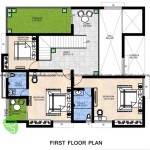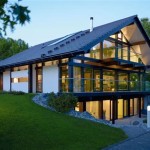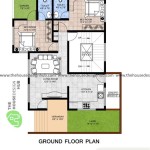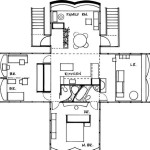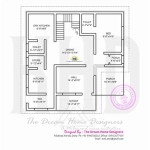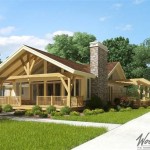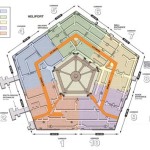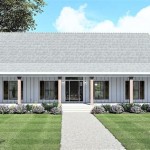Low Country House Plans With Photos
Low Country architecture, originating in the coastal regions of South Carolina and Georgia, is renowned for its graceful adaptation to the hot, humid climate and its celebration of outdoor living. These homes boast distinctive features that combine practicality with elegance. This article will explore key aspects of Low Country house plans, accompanied by illustrative photos.
Elevated Foundations
One of the most recognizable features of Low Country homes is the elevated foundation. This design element serves several crucial purposes. Historically, it protected against flooding and provided ventilation beneath the house, mitigating the effects of humidity and heat. Modern Low Country homes often retain this elevated structure, sometimes incorporating parking or storage space underneath.
[Insert photo of a Low Country home showcasing an elevated foundation]
Wide Porches and Verandas
Porches and verandas are integral to the Low Country lifestyle. These expansive outdoor spaces offer shaded retreats from the sun and provide ample room for relaxation and entertaining. Wraparound porches are particularly common, maximizing the opportunities to enjoy breezes and scenic views. Often furnished with comfortable seating, swings, and ceiling fans, these areas become extensions of the indoor living space.
[Insert photo of a Low Country home with a wide, furnished porch]
Large Windows and Doors
Low Country homes are designed to embrace natural light and ventilation. Large windows and doors, often featuring multiple panes or French door styles, are strategically placed to capture prevailing breezes and illuminate the interiors. These architectural elements blur the lines between indoor and outdoor living, creating a seamless transition between spaces.
[Insert photo showcasing a Low Country home with large windows and doors]
Gabled Roofs and Dormers
Steeply pitched gabled roofs are a hallmark of Low Country architecture. These roofs efficiently shed rainwater and provide attic space for ventilation, further contributing to climate control. Dormers, often incorporated into the roofline, add architectural interest and provide additional light and ventilation to the upper floors.
[Insert photo of a Low Country home with a gabled roof and dormers]
Exterior Materials: Weather Resistance and Aesthetics
Low Country homes traditionally utilize materials that withstand the challenging coastal environment. Wood siding, often painted in light, reflective colors to minimize heat absorption, is a popular choice. Fiber cement siding offers a low-maintenance alternative with similar aesthetic appeal. Brick, stucco, and even tabby, a concrete made with oyster shells, are also employed for their durability and regional character.
[Insert photo of a Low Country home showcasing exterior siding materials]
Open Floor Plans and High Ceilings
Contemporary Low Country house plans frequently incorporate open floor plans that promote air circulation and create a sense of spaciousness. High ceilings, often adorned with exposed beams, further enhance the airy atmosphere. These design features contribute to comfortable living in the warm, humid climate.
[Insert photo showcasing an open floor plan and high ceilings in a Low Country home]
Focus on Outdoor Living Spaces
Beyond porches and verandas, Low Country homes often feature other outdoor living spaces designed to maximize enjoyment of the natural surroundings. Patios, decks, and outdoor kitchens create opportunities for dining, entertaining, and relaxation. Landscaping often incorporates native plants and trees that thrive in the coastal climate.
[Insert photo showcasing a Low Country home with an outdoor living space, such as a patio or deck]
Color Palettes Inspired by Nature
The color palettes of Low Country homes often draw inspiration from the surrounding landscape. Exterior colors tend to be light and airy, reflecting sunlight and minimizing heat absorption. Shades of blue, green, beige, and white are common choices, evoking the colors of the sea, sky, and sand. Interior color schemes often complement these exterior hues, creating a harmonious and inviting atmosphere.
[Insert photo showcasing the exterior color palette of a Low Country home]
Emphasis on Functionality and Comfort
While aesthetically pleasing, Low Country homes are ultimately designed for functionality and comfort in a demanding climate. From the elevated foundations to the wide porches and large windows, every element serves a purpose in creating a comfortable and livable space. This emphasis on practicality, combined with the elegant simplicity of the design, makes Low Country architecture a timeless and enduring style.
[Insert photo of a Low Country home that encapsulates the overall style and feel]

William E Poole Designs Low Country Cottage Inc

Low Country Architecture Beach House Plans From Home Designs

Low Country House Plans Floor

Low Country Architecture Beach House Plans From Home Designs

Low Country House Plans Coastal From Home

Low Country Architecture Beach House Plans From Home Designs

Low Country House Plans Coastal From Home

William E Poole Designs Low Country Cottage Inc

Low Country Architecture Beach House Plans From Home Designs

Lowcountry Farmhouse Craftsman House Plans Southern

